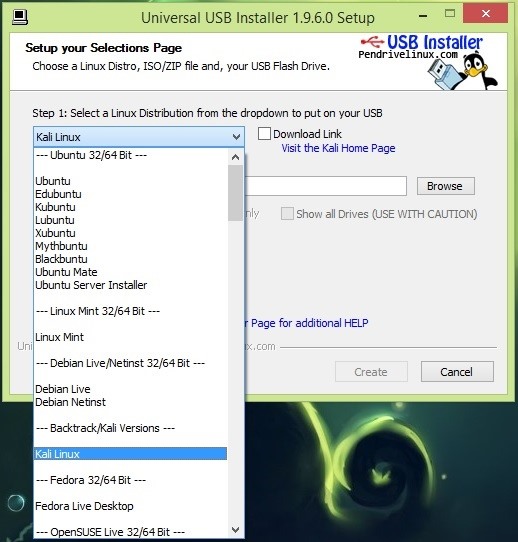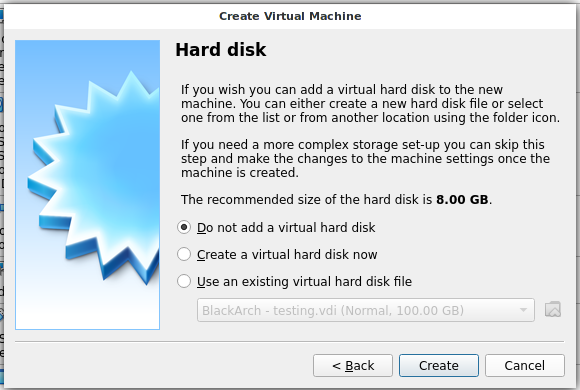
- HOW TO ENABLE PERSISTANCE ON A KALI LINUX USB PASSWORD
- HOW TO ENABLE PERSISTANCE ON A KALI LINUX USB PC
HOW TO ENABLE PERSISTANCE ON A KALI LINUX USB PASSWORD
However, as mentioned before, most publicly accessible computers will have a BIOS password set. If the BIOS is unlocked, changing the boot order to have the computer attempt to boot from USB first takes only a few seconds with the on-screen menu, which can usually be accessed by pressing F2 while starting the computer. This system runs before the operating system and does things like tells the computer which input device to search first for an operating system to boot from. The BIOS, or Basic Input/Output System, is the configuration menu which can be run at the beginning of booting a computer. An example of one of these features is changing the boot order in the BIOS menu to allow booting from a USB stick. Most school and work computers have layers of defenses, usually requiring a login, and some features deemed risky could be disabled. While computers can be found almost everywhere nowadays, it’s rare to find one for public use that isn’t protected in some way.
HOW TO ENABLE PERSISTANCE ON A KALI LINUX USB PC
Using a Kali Live USB Stick on Any Windows PC If persistence is a necessary feature, you can take the extra steps needed to make your installation persistent.

If you don’t need to store files or remember settings you’ve changed, you can simply run the installation in live mode and enjoy the benefits of a fresh system every time you start.

The other is non-persistent, where no changes are saved any anything you do is lost when you exit the session. One is persistent, meaning changes that you make are saved to the flash drive. When running Kali from a USB stick, there are two different ways of doing so. A live USB allows the resources of the computer to be used to boot from the thumb drive, ignoring the hard drive the computer usually boots from. With a Kali live USB stick, you can run a hacking OS on any machine you can plug into, meaning you don’t have to dedicate your personal computer or a portion of it for your hacking adventures, nor do you need to buy a PC just to use Kali with. Once you have access, though, you can use a USB flash drive to run Kali live on any PC you find.

School, work, or library PCs can be secured with a BIOS password, which is often an easily recovered default password. It’s easy to run Kali Linux from a live USB on nearly any available computer, but many publicly accessible laptops and desktops will be locked down to prevent such use.


 0 kommentar(er)
0 kommentar(er)
